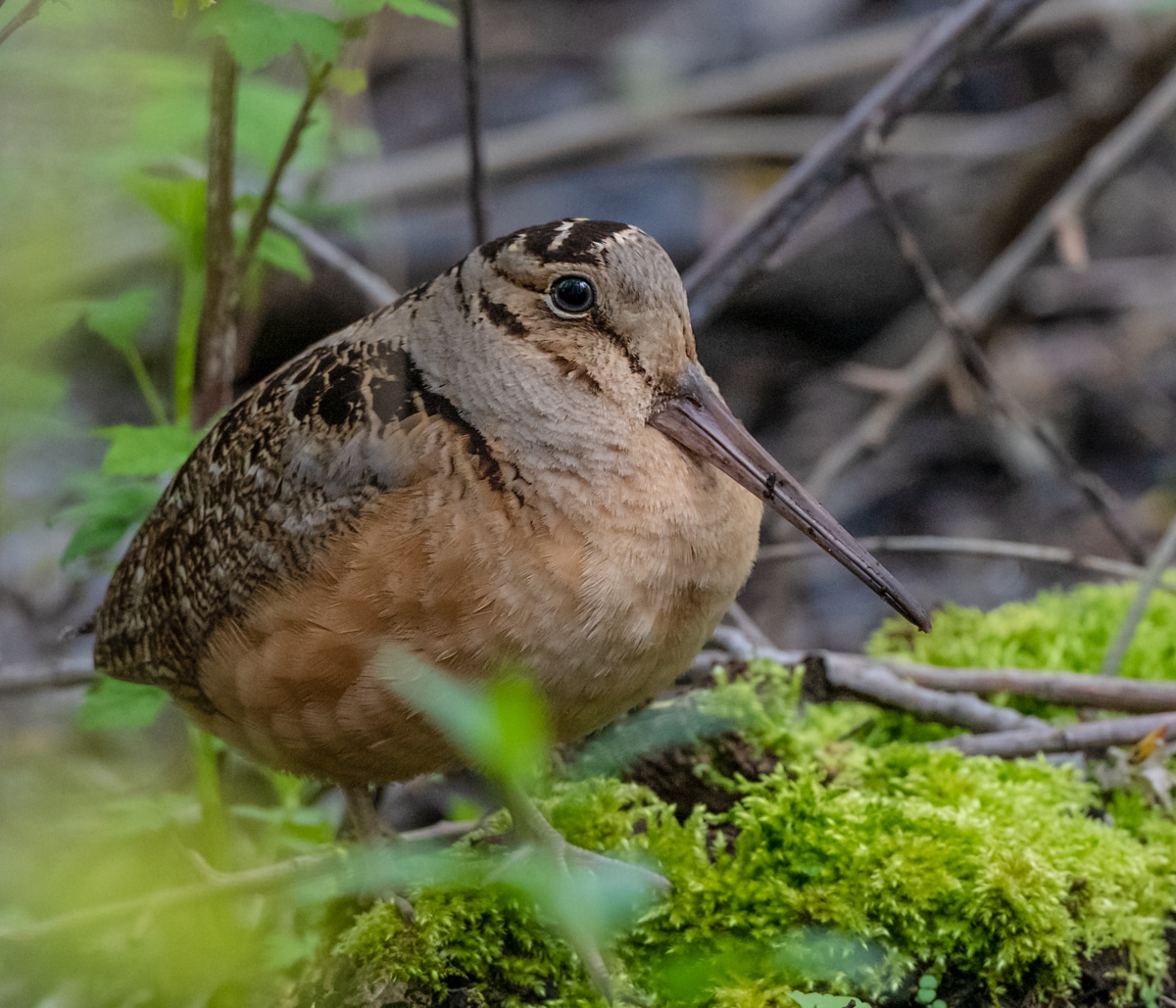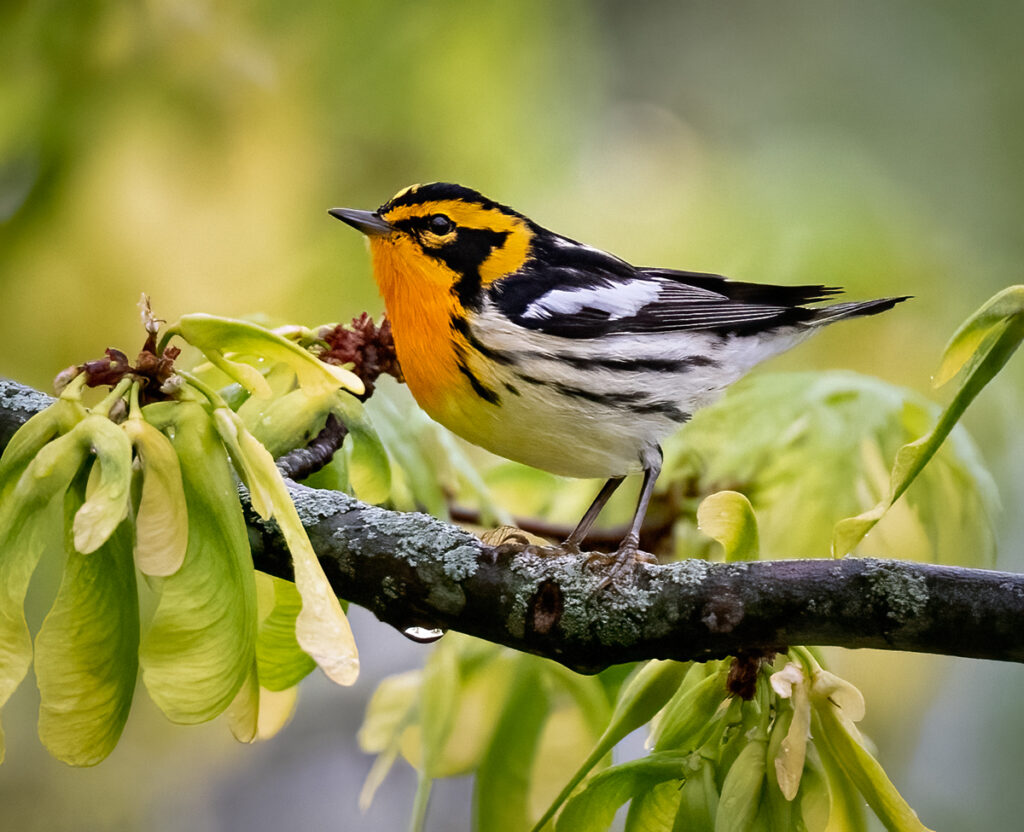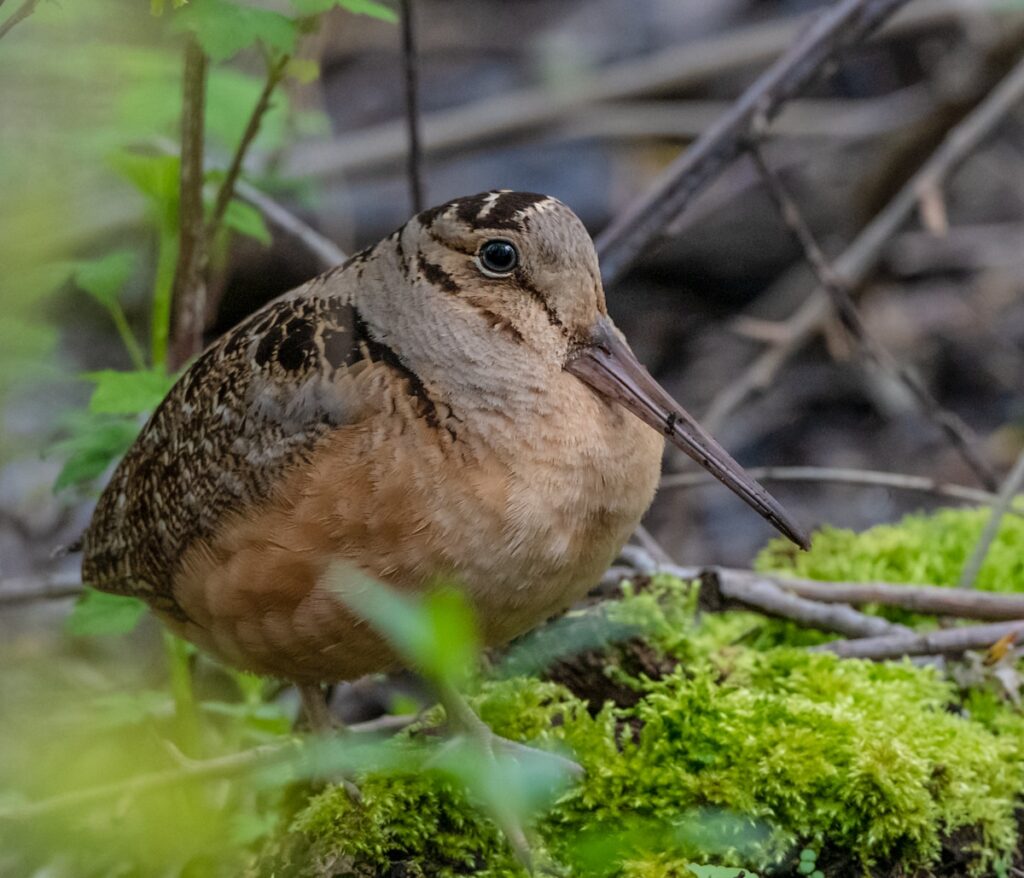
Ohio is one of the best states for birding there is, especially during spring migration, drawing tens of thousands of visitors to the shoreline of Lake Erie and beyond. Also known as the Warbler Capital of the World, it made perfect sense to hold a birding festival there, so in 2009 The Biggest Week in American Birding took place for the first time and goes from strength to strength every year.
Lake Erie is the fourth largest lake in the Great Lakes with a surface area of just under 10,000 square miles, and it is this size and location that makes the lake become a sort of barrier for millions of migrating songbirds as they head northward to their breeding grounds after spending the winter in Central and South America. Its shoreline is a crucial stopover for these migratory birds, and every spring, hundreds of species of bird — well over 400 at the last official count — choose to spend a few days resting and refueling for their journey across the vast expanse of water. This spectacle makes it the perfect spot for one of the birding world’s most anticipated events: The Biggest Week in American Birding (BWIAB). Every May for ten days, birders of all levels and other outdoor enthusiasts flock to northwest Ohio during the peak of spring migration. This year from May 3rd – 12th the organizers at Black Swamp Observatory are ready to welcome one and all to guided birding tours, workshops, presentations by renowned bird experts, vendor booths, and opportunities to connect with fellow bird enthusiasts. Participants have the chance to see a fantastic array of species, including shorebirds, waterfowl, raptors, and those tiny balls of feathered delight, warblers.

NASHVILLE WARBLER
Warblers are seen by many as the star of the show during the festival and thousands of people hoping to catch a glimpse of any of the 20 or so species converge on Magee Marsh Boardwalk, which Owen visited in 2019. As Owen points out, in May the trees are yet to have filled out with dense vegetation which makes it much easier to take photos of these restless and flighty animals.
Nashville warblers are small and compact birds whose soft yellow, olive-green and gray plumage makes them a treat to see, that white eye-ring helping with identification from other similarly colored warblers, as well as a gently rounded head and relatively short tail, and their distinctive, buzzy song. They breed in the boreal forests of Canada and the northern United State and pass through Ohio, from their wintering grounds in Mexico, Central America, and the Caribbean.
Although not photographed in Ohio, you can expect to see Blackburnian warblers too, like this one Owen captured on a visit to nearby Illinois. Named after Anna Blackburne, an English botanist, these warblers have vibrant orange throats and bold black and white markings and are one of the birds featured on the BWIAB event logo and on the gorgeous, illustrated cover of the visitors guide that includes an illuminating and beautiful guide to warbler ID with particular emphasis on females.

BLACKBURNIAN WARBLER
Of course, there are other resident birds that the festival provides access to, such as the elusive but prized American woodcock. These waterfowl are viewed by some as a ‘lifer,’ a bird that people long to see but struggle to do so, making it a primary objective and at the top of many a checklist. Because of their cryptic plumage and low-profile behavior, the best time to try and observe one is either at dawn or dusk when the males sound their wonderful characteristic ‘peent’ calls and perform their mating aerial displays. Every year, official monitors at the festival are up at the break of day to identify migrating birds using flight calls, plumage, flight patterns, and photos. Many songbird species migrate nocturnally, and flights go in into the early hours as birds that are over the water near sunrise search for an ideal place to land. This year, members of the public can join in with the Morning Bird Count around the Metzger Marsh Wildlife Area, and this could be the ideal opportunity to spot the elusive woodcock among the reeds and grasses.

AMERICAN WOODCOCK
Other resident birds include the aptly named Horned Lark, actually an Old-World bird thought to have made its way to the American continent via the Bering Land Bridge around the same time that humans migrated to the land. They now inhabit almost the entire country and nest in every state except Florida. They are hardy, having evolved to survive arctic tundra, and breed early in the year, meaning that by May, they will be teaching their fully-feathered young how to ‘skylark,’ flying up into the air and singing as they descend in a dizzying spiral. Expect to at least hear if not see these experts on the open fields and rising thermals as the spring sun warms the air.

HORNED LARK
Lake Erie is indelibly marked on the mind-maps of millions of birds and the BWIAB gives everyone the perfect chance to witness the amazing natural wonder of spring migration. If you get the chance to visit Ohio during the spring, try to make the festival your main port of call, but remember there are many other trails and areas within the state that provide the perfect setting to watch those beautiful birds go by.


